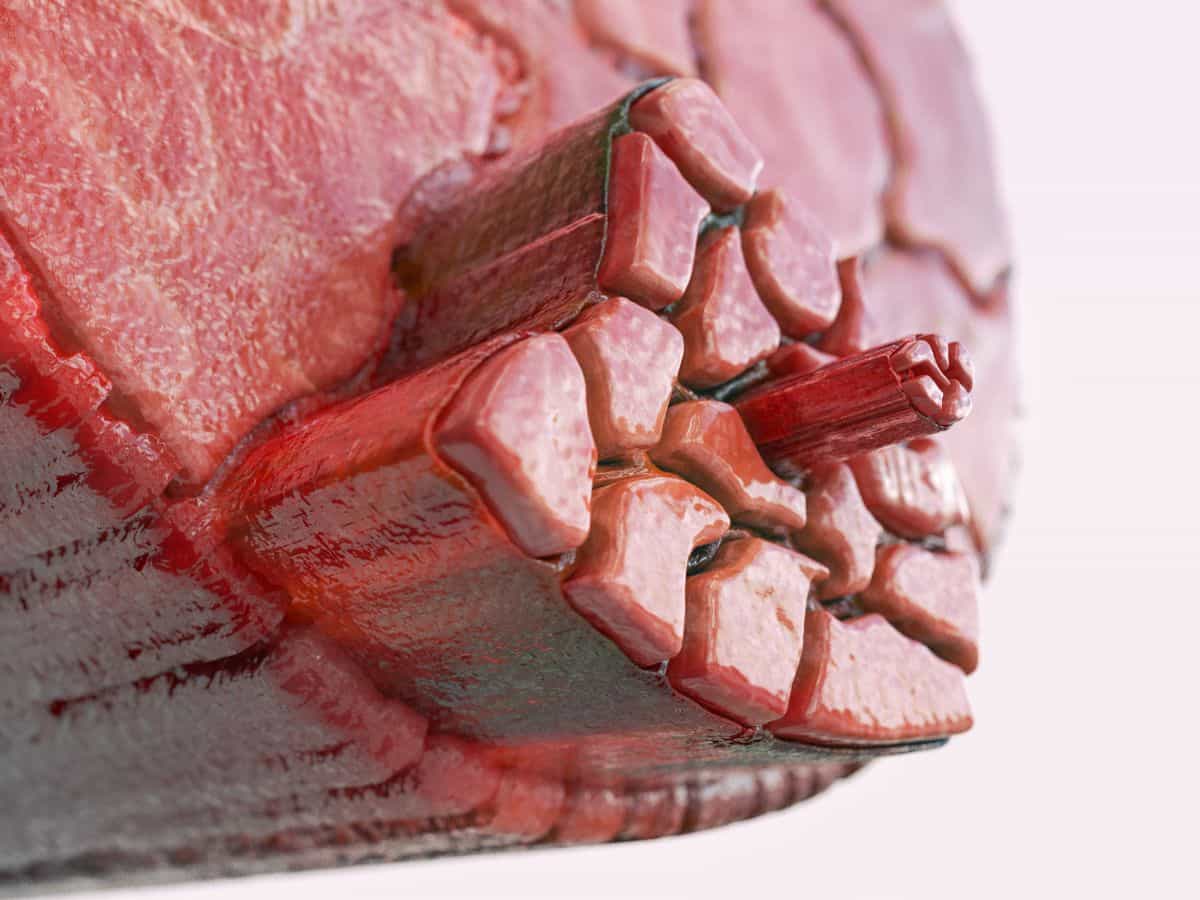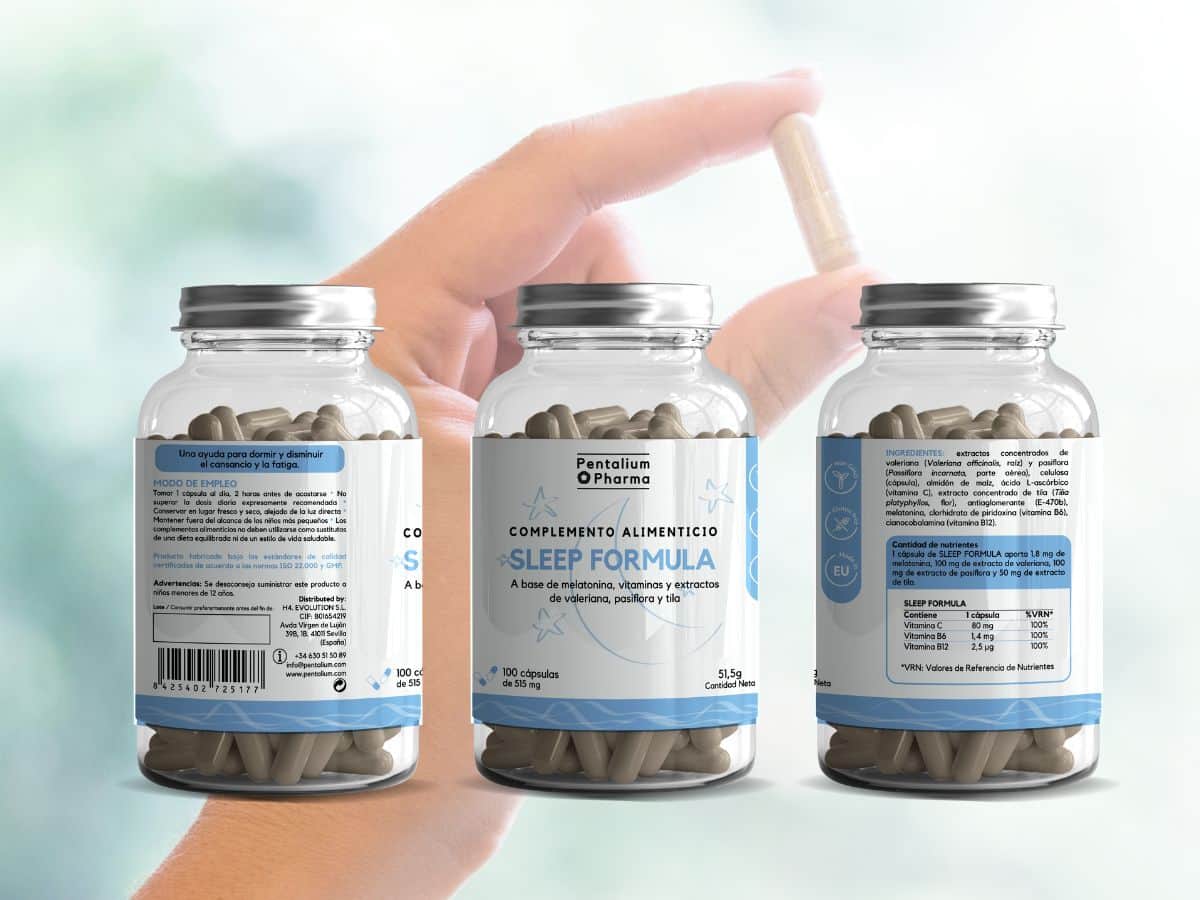
What is fascia?

Fascia is a type of connective tissue that surrounds and holds every organ, blood vessel, bone, nerve fiber and muscle in place. It is a tissue that does much more than provide internal structures as it is also traversed by nerves allowing for greater skin sensitization.
Although fascia looks like a sheet of tissue, it is actually composed of multiple layers with fluid in the middle called hyaluronan. It’s designed to stretch as you move. But there are certain things that cause fascia to thicken and become sticky. When it dries out and tightens around muscles, it can limit mobility and cause painful knots to develop.
Tabla de contenidos
Fascia-related muscle pain and stiffness
Healthy fascia is smooth, slippery and flexible. Factors that cause fascia to become rubbery and wrinkled (called adhesion) include:
- A lifestyle of limited physical activity (very little movement day in and day out)
- Repetitive movements that overwork only one part of the body
- Trauma such as surgery or injury
Is there a specific pain in the fascia?
Determining whether pain is due to muscles, joints or fascia can be difficult. In general, muscle injuries and joint problems feel worse the more you move. Fascia adhesions tend to feel better with movement and also respond well to heat therapy, which helps restore tissue elasticity.
For some people, adhesions can worsen over time, causing the fascia to compress and contort the muscles it surrounds. This can cause painful knots in the muscles, called trigger points. Myofascial pain syndrome is a condition in which these trigger points cause pain:
- During the movement
- When pressure is applied
- In apparently unrelated parts of the body (referred pain)
Treatment focuses on relieving pain and getting the fascia and muscle fibers into a more relaxed state. Medical options include the administration of analgesics, topical treatments with analgesics with a warming effect, physiotherapy, injections of medication directly into trigger points as well as acupuncture.
How to keep the Fascia flexible?
Keeping your fascia healthy has many benefits. You’ll move more easily, have better range of motion and experience less pain. Things you can do to prevent fascia problems include:
- Move more: In addition to a consistent but varied exercise routine, it’s important to be active throughout the day. Do you have a desk job? Take at least a two-minute break every hour to stand up and move around, which helps fascia stay flexible. Consider walking in meetings or standing and walking while participating in conference calls.
- Stretch regularly: Stretching is essential for good health. It reduces the risk of inflammation and structural problems in the body.
- Focus on posture: Neglecting your posture at a desk or phone or walking in an awkward manner to compensate for an injury can cause the fascia to tighten. Try to maintain good posture while sitting or standing.
Most people experience tight muscles from time to time. But it is important to get help for chronic or severe pain, which may be a sign of a serious health condition. If you continue to have pain despite efforts to relieve it or if you pain interferes with sleep or daily activities, talk to your doctor or integrative and sports medicine specialist. integrative and sports medicine.
Why has this organ become so important in recent years?
Fascia is not a new organ to science. However, it has only recently begun to be given importance. It was even discarded in anatomy classes because it was considered «junk» and annoying in dissection work. Because of the fact that it has not received due attention from science, today it is considered that this organ can provide new information on the mechanics of movement. In addition, several studies on its functions and implications in diseases have been initiated. In spite of having been the great forgotten in the studies on the movement, there are therapies and
treatments that focus on the healing of the fasciae. Some examples are Rolfing, developed in the 20th century by Ida Rolf and the myofascial induction method. These therapies are applied especially on athletes and sportsmen to improve their performance and prevent injuries.
In the elderly, treatments for the health of the fasciae aim to improve the elasticity that is lost with age, prevent or treat pain
back, joint or related to the mechanics of movement.
Bibliography.
Stecco et al. Fascial Disorders: Implications for Treatment (2016).
https://doi.org/10.1016/j.pmrj.2015.06.006


